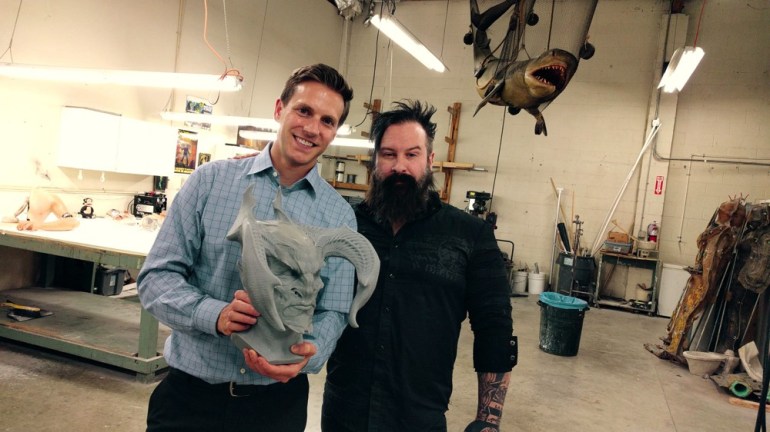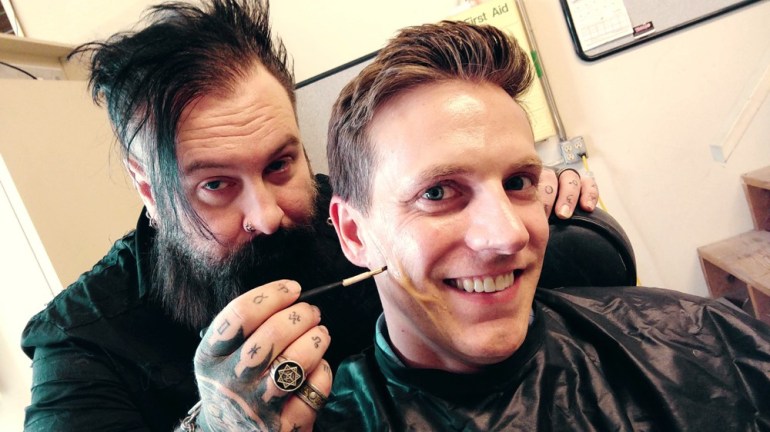Horror movies are synonymous with special effect, but technology is changing the way they’re created.
 Scary movies are great, but special effects from the 80’s and 90’s just wouldn’t cut it today. That’s because higher resolution video changed the game – revealing many of the secrets special effects artists used to create their “gags” as they call them.
Scary movies are great, but special effects from the 80’s and 90’s just wouldn’t cut it today. That’s because higher resolution video changed the game – revealing many of the secrets special effects artists used to create their “gags” as they call them.
[protected-iframe id=”b04ad929a2273696592db7c38eaa5f18-41641936-42315212″ info=”//www.facebook.com/plugins/likebox.php?href=https%3A%2F%2Fwww.facebook.com%2Frichontech&width&height=62&colorscheme=light&show_faces=false&header=true&stream=false&show_border=true&appId=585750131498371″]
Now, computers are replacing pen and paper and 3D modeling is replacing clay. Some pieces are even being 3D printed. We chatted with Glenn Hetrick, who runs Alchemy Studios in Los Angeles. He’s done special effects for countless TV shows and movies, including all four Hunger Games. Fans will also recognize him as a judge on the hit Syfy show Face Off.
Glenn explained that new technology is necessary to create effects not only since they look more realistic, but production timelines are shorter than ever. And, just like the creatures he creates, Glenn is quite the character himself.
















